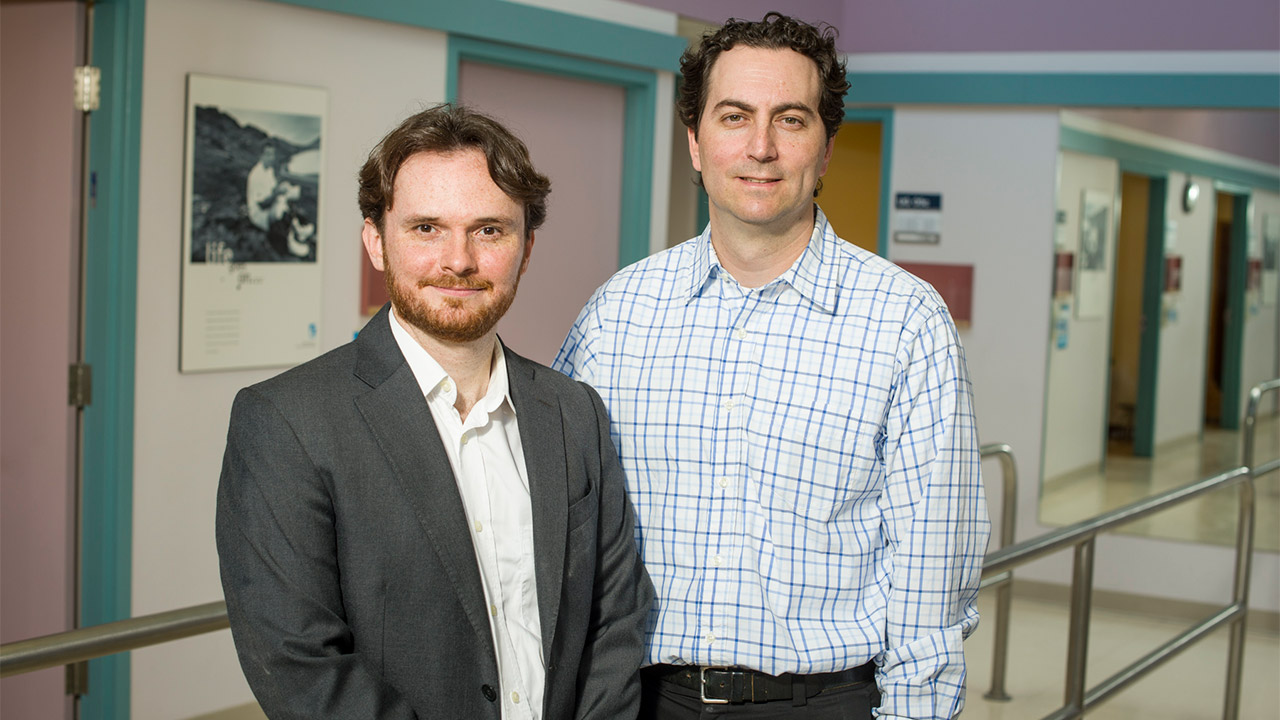Canadian ALS healthcare providers' perspectives on physician-assisted death
A Canada-wide survey of ALS healthcare providers suggests most support physician-assisted death (PAD) for patients with moderate-to-severe ALS, but few are willing to directly provide it.
According to research published in the June 2016 issue of Neurology®, the medical journal of the American Academy of Neurology, the majority of ALS healthcare providers feel unprepared for the initiation of PAD and believe the development of training modules and guidelines are required prior to the implementation of the PAD program in Canada.
“Although the opinions of ALS healthcare providers are far from unanimous, most respondents believed that ALS patients with moderate to advanced disease and physical or emotional suffering would qualify for PAD; however, few physicians are willing to provide it,” says Dr. Lorne Zinman, senior author of the study and head of the ALS Clinic at Sunnybrook, the largest ALS clinic in Canada.
“As stakeholders begin to draft legislation, policies and guidelines for PAD in Canada, it will be important to develop disease-specific approaches for unique conditions such as ALS as a one-size-fits-all model likely won’t work for something as controversial as PAD,” adds Dr. Agessandro Abrahao, a neurologist and the study lead author.
ALS, or amyotrophic lateral sclerosis, is a terminal motor neuron disease resulting in paralysis and respiratory failure, and has been at the forefront of the PAD debate. Patients with ALS typically survive three to five years from symptom onset and two to three ALS patients from Sunnybrook die each week.
The following are some of the key survey findings:
- Most respondents believed that intolerable physical or emotional suffering were the most important driving factors for patients to choose PAD and believed that palliative care should be optimized before accessing PAD.
- The majority believe that patients with ALS requesting PAD require a second opinion by an ALS expert to determine eligibility, require assessment by a psychiatrist, and the request must be made twice separated by at least 15 days before proceeding with PAD.
- Only a minority of physicians would be willing to directly provide a lethal prescription or injection to an eligible patient with ALS. Instead, most physicians preferred to refer the patient to a third party.
- A minority of respondents remain strongly opposed to PAD for ALS patients. They believe it should never be an option at any disease stage and they would not refer a patient to a physician who would provide PAD.
- A minority of respondents also believed PAD should be available to patients with ALS at all disease stages.
- Determining the timing of PAD eligibility remains challenging as ALS is a heterogeneous disease with variable progression and 10 to 15 percent of patients have a prolonged survival. There remains no reliable diagnostic biomarker for ALS and diagnosis relies on clinical assessment, which is often more uncertain in early disease phases.
- A majority of physicians agreed there is a distinction between PAD and palliative sedation and most believed that palliative sedation was currently available at their centres. However, only 30 percent were aware of a palliative sedation protocol in place.







